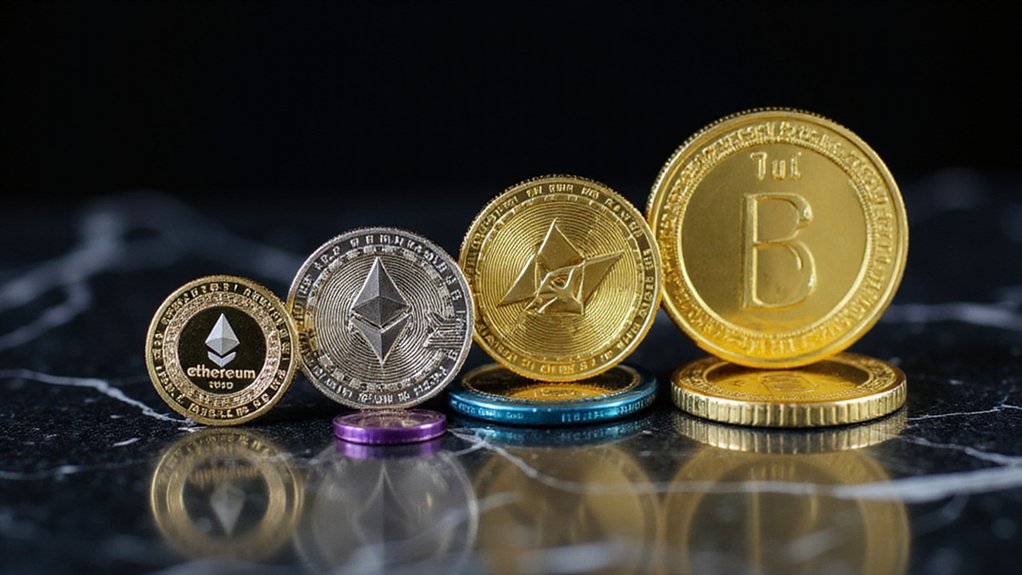While Bitcoin continues its erratic dance around the $104,000 mark—a figure that would have seemed fantastical just years ago—the broader cryptocurrency ecosystem finds itself in the grip of a decidedly less celebratory mood. The altcoin market, once the darling of speculative fervor, has become a casualty of widespread investor Exodus as digital assets shed their perceived safe-haven status.
Ethereum’s precipitous 45.41% decline in Q1 2025 exemplifies this broader malaise, with the world’s second-largest cryptocurrency struggling to reclaim even the $2,000 threshold that once seemed like a floor rather than a ceiling. The irony is palpable: while Bitcoin flirted with heights exceeding $111,970 in May, the very ecosystem that was supposed to benefit from crypto’s mainstream acceptance now finds itself hemorrhaging value.
The Fear & Greed Index has plunged to levels reminiscent of previous market catastrophes, reflecting the anxiety permeating digital asset markets.
This sentiment shift represents more than mere profit-taking—it signals a fundamental reassessment of cryptocurrency’s role in investment portfolios.
When investors flee to traditional safe havens, altcoins typically bear the brunt of the exodus, their higher volatility profiles making them the first casualties of risk-off sentiment.
Market dynamics have been further complicated by AI-driven trading algorithms and evolving regulatory frameworks, creating an environment where traditional technical indicators (RSI, moving averages, and volume analysis) struggle to provide reliable guidance. The recent repeal of SAB 121 through SAB 122 has reduced accounting complexity for crypto companies, though this regulatory relief has yet to translate into market confidence.
The bottoming phase characteristics—weak hands exiting while long-term holders accumulate—appear evident, though the timeline for any meaningful recovery remains frustratingly opaque. Smart investors recognize that market crashes present compelling opportunities to accumulate quality cryptocurrencies at significantly discounted prices.
Perhaps most telling is the decreased on-chain activity across altcoin networks, suggesting that the current downturn extends beyond mere price speculation into fundamental usage patterns.
Bitcoin’s consolidation period, which historically provides opportunities for altcoin outperformance, has instead coincided with increased volatility and sustained selling pressure. However, the current period may eventually transition into an Altseason where capital flows from Bitcoin to alternative cryptocurrencies, creating opportunities for rapid price increases despite present market conditions.
The cryptocurrency market’s maturation has brought institutional participation but also institutional risk management practices—meaning that when uncertainty mounts, the response is swift and decisive.
For altcoins, this newfound institutional discipline has proven to be a double-edged sword, amplifying both opportunities and downside risks in ways that retail-dominated markets rarely experienced.









